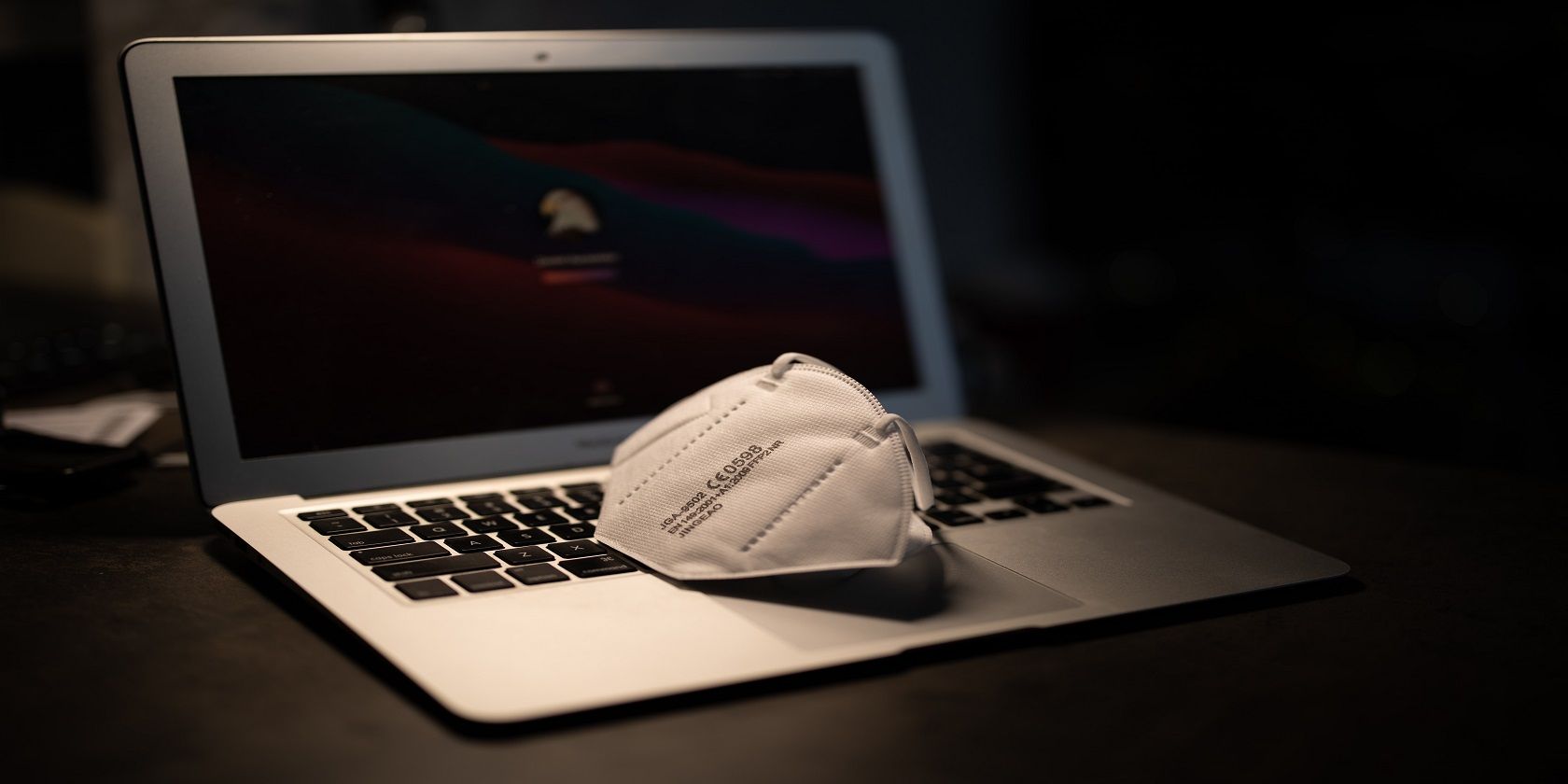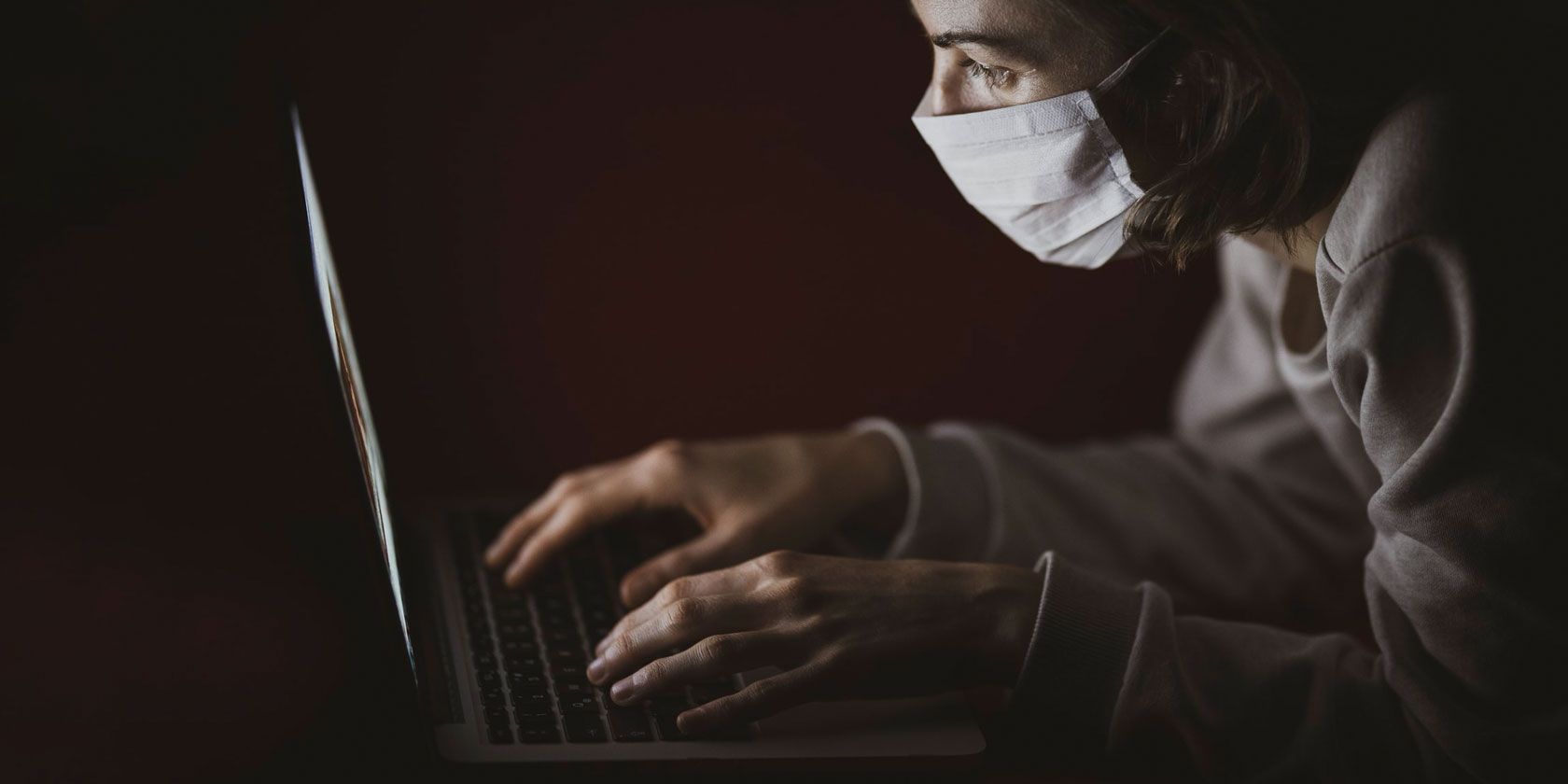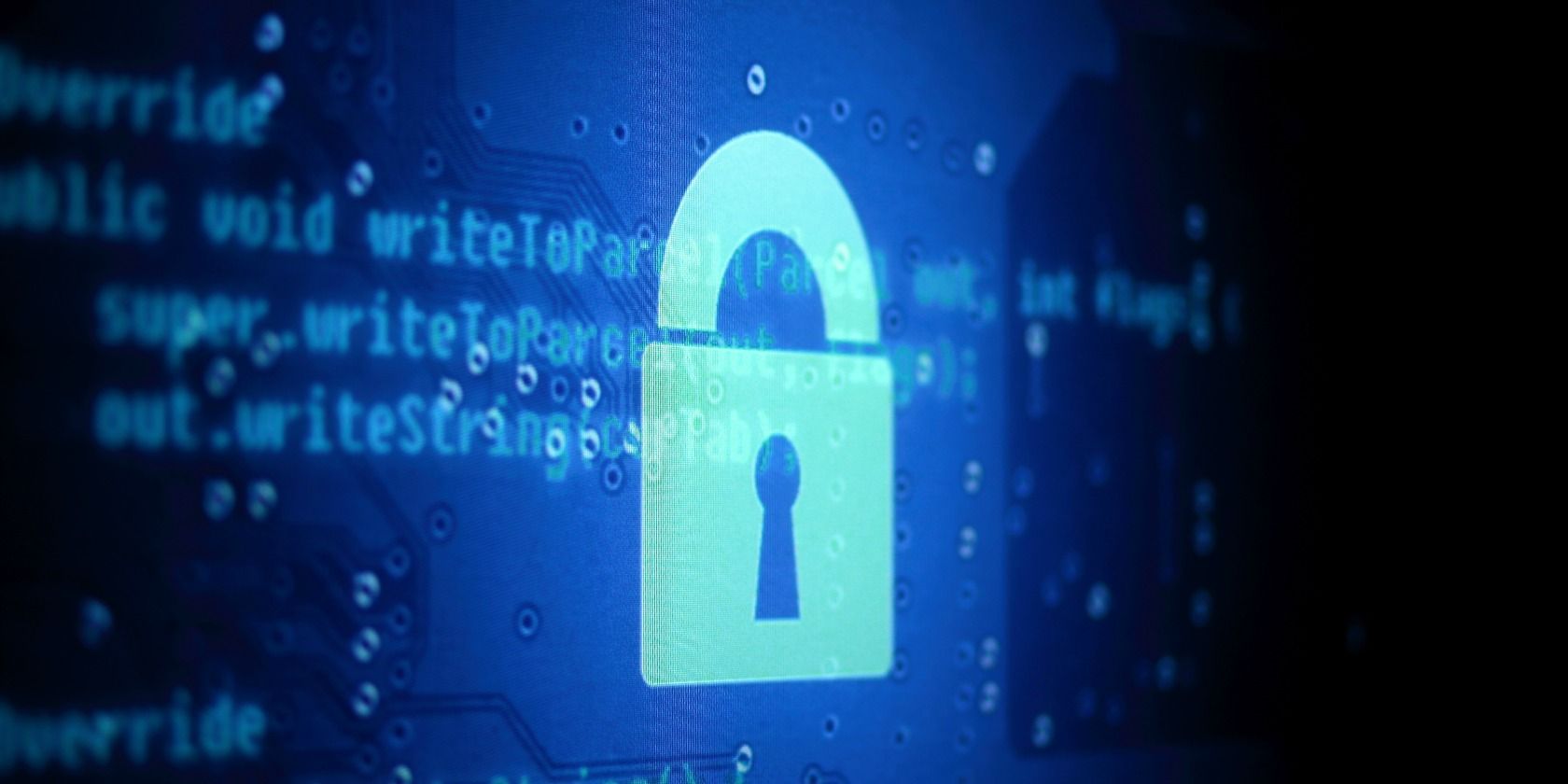The expansive offices that were once filled with the hustle and bustle of employees now sit empty, while the staff works from home. This sudden and growing transition towards a remote work culture brings new challenges as well as a spike in security issues.
While most employees are finding themselves in unchartered terrains, businesses are scrambling to safeguard their precious assets.
Let us peek into the changing role of IT security and discuss ways to deal with the growing security concerns.
What Challenges Do Employers Face?
Hackers are taking full advantage of a shifting work environment which finds more people working from home. The World Health Organization (WHO) has seen a dramatic increase in the number of cyberattacks directed at its staff, and email scams targeting the public.
Here are some major challenges that organizations and employees are facing in the midst of the pandemic.
A Growing Need for Providing Secure and Uninterrupted Connections
Securing remote connections was not as high on the radar for security teams before. However, ensuring reliable VPN connections for remote employees using corporate resources is now more important than ever.
Along with safeguarding the company's assets and employee privacy, companies have to now invest in proper remote work hygiene complete with robust VPN solutions.
Increase in Personal Device Usage by Employees
More and more employees are using their personal devices for work purposes but most home devices do not have the high level of security measures and updates in place that corporate devices are equipped with.
Recent surveys also report that 50 percent of companies have no security and monitoring practices in place for their remote employees, making them easy targets for security breaches.
A Lack of Security Awareness
Most non-technical employees are suddenly finding themselves working from home. Due to changing schedules and staff reductions, there are times when no IT support is available, leaving remote workers scrambling to secure their own devices.
Many recent surveys indicate a stark reality—nearly 73 percent of workers do not have formal IT security awareness training and only 32 percent of companies have invested in providing antivirus software and end-point security for their remote worker's devices.
A Rise in Phishing Attacks
There has been a growing rise in phishing emails and clickbait scams pertaining to the COVID-19 pandemic.
Remote workers who are not formally trained in cybersecurity are easy targets for these scams as they click on seemingly innocent email links and fall prey to malware.
According to Barracuda, 51 percent of organizations have already seen a huge increase in phishing attacks since switching to remote working.
Zoombombing
Video conferencing tools like Zoom have seen a record-breaking increase in consumption and user base since the start of the pandemic. As much as these apps bridge the physical gap, they also bring security risks.
This surge recently exposed a security risk known as Zoombombing where cybercriminals target and enter random Zoom calls and share inappropriate images to harass people.
How To Protect Your Data During Lockdown
A little bit of planning can go a long way in ensuring the security and integrity of your data.
Here are some ways businesses and employees can ensure a smooth and secure workflow.
Enforce Remote Security Policies
Establishing an effective remote security policy or guidance documents outlining the acceptable methods of remotely connecting to the corporate network can set the precedence for a secure work experience.
Remote workers might be using various types of devices like smartphones, tablets, or laptops to connect to the corporate network. Each device comes with its own security challenges, so a robust policy should detail what is allowed and compliant for every device type.
Invest in End-Point Security Solutions
End-points are user devices that serve as a point of access to the outside world.
Robust end-point security and self-healing solutions like anti-virus and anti-malware options should be installed on every remote worker's device as they can provide automatic remediation and real-time monitoring of devices without physical access.
Ensure Software Is Up-to-Date
VPN software has become the recent target of security vulnerabilities. It is important for companies to keep their VPNs and firewalls up to date. Ensuring that the latest version of security software is installed on remote desktops is imperative in keeping the threat actors at bay.
Conduct Customized Security Awareness Training
Security awareness training that is specifically geared towards the roles and responsibilities of individual remote workers, departments, and teams should be conducted regularly.
A generic security awareness training highlighting the most commonly circulated COVID scams is a good starting point but most respondents pay extra attention if the training is geared toward their specific work requirements.
Enforce Passcodes and Passwords on All Devices
All remote employees should use strong passcodes on any device that they are using for work purposes.
In the event that an unsecured device is lost or taken, all confidential and sensitive corporate data stored on it can be easily stolen too.
Implement Vulnerability Scanning and DMZ your Network
A vulnerability scanner is used to discover weaknesses or vulnerabilities on computers, networks, and applications. Investing in a scanner like Nessus can provide extra security for remote work environments.
And setting up your network as a DMZ can logically separate the higher-risk elements of your network from the entire network, thus protecting the most vulnerable assets.
Limit Open Ports and Create Separate Firewalls
Businesses should open ports for remote access with a grain of salt. Ensure your firewall is configured to only respond to certain static IP addresses.
Also, consider placing your remote workers and on-premise workers on separate firewalls to limit the risks of exposure in case a breach originates from a remote worker's device.
IT Security Is Changing and There's No Looking Back
Every aspect of our lives has been touched by the COVID-19 pandemic. While the entire world halted to prevent the spread of the virus, cybercriminals are at full throttle.
Whether you are a business or a remote employee, protecting your data and assets is more important than ever during these trying times. By keeping ourselves educated about IT security and the most common COVID-related scams, we can play our part in ensuring a safe workplace.



